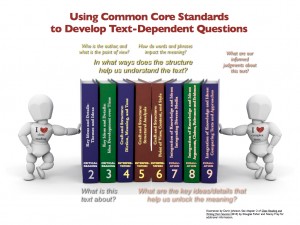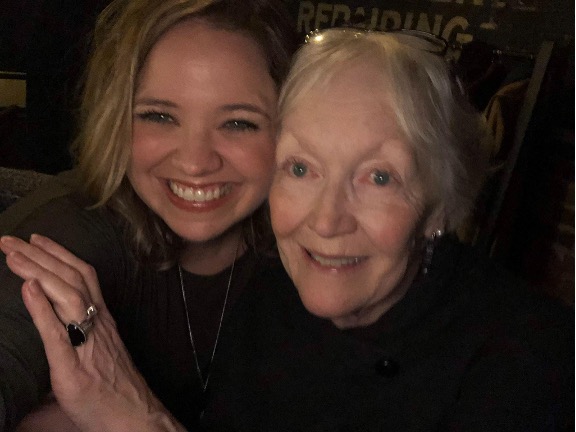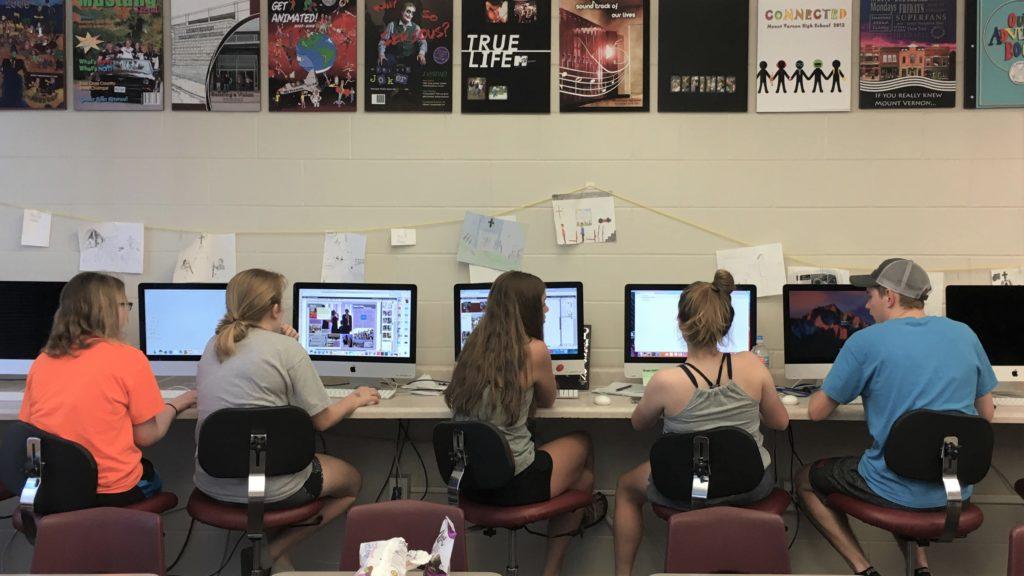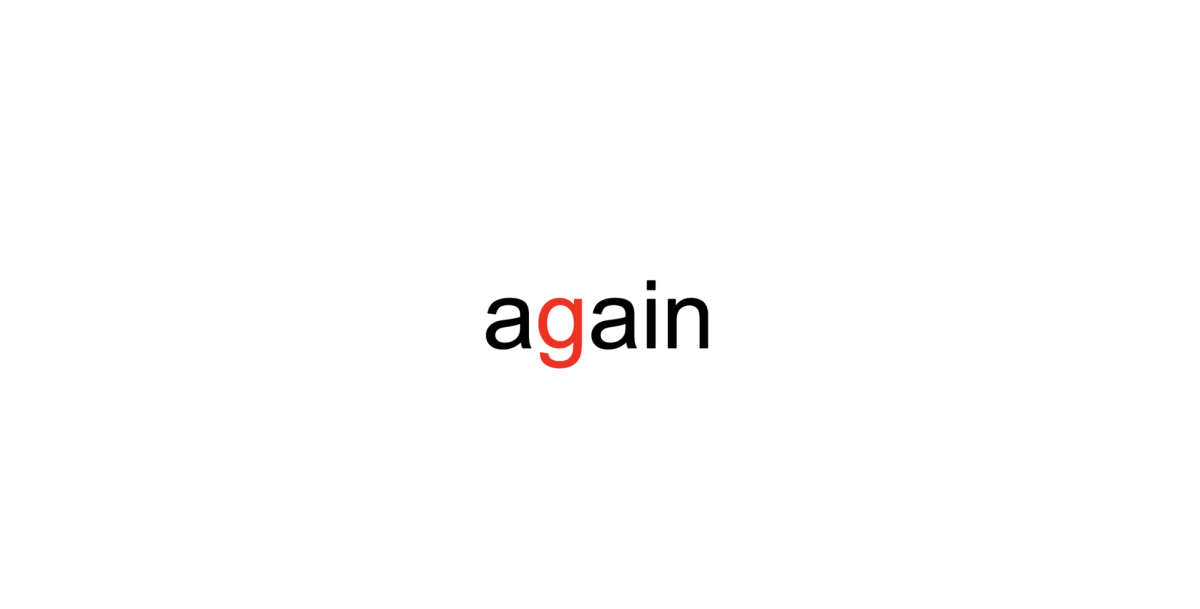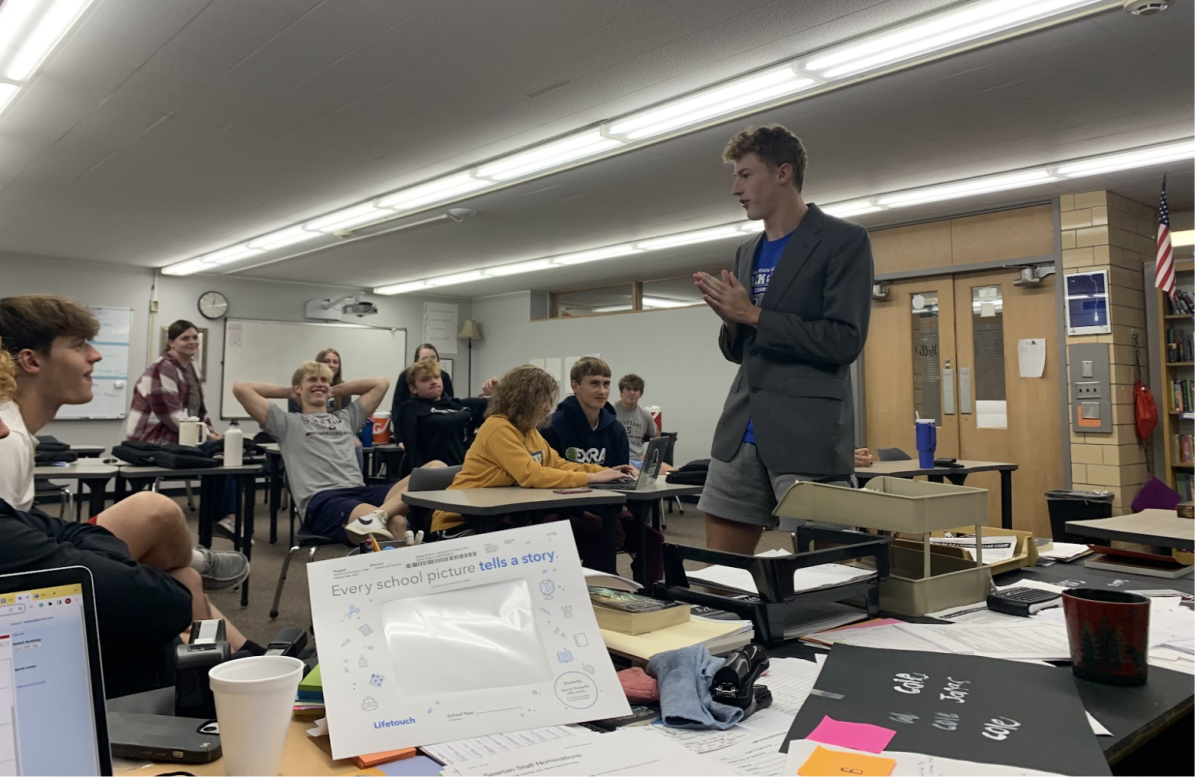Douglas Fisher and Nancy Frey offer significant, intelligent, and balanced ideas about close reading and the Common Core in Chapter 2, “Close Reading of Complex Texts” from their IRA Close Reading and Writing from Sources (2014).
They open the Chapter 2 like this: “Deep understanding, and writing in response to that understanding, begins with close reading and discussion of texts” (34). Wisely, they quote Rosenblatt next to satisfy the reader-response critics of the Core’s insistence on close reading.
Fisher and Frey move quickly to their central argument behind Chapter 2 as they quote the Common Core: “Current trends suggest that if students cannot read challenging texts with understanding–if they have not developed the skill, concentration, and stamina to read such texts–they will read less in general” (34-5).
They continue: “Close reading is an instructional practice that makes complex texts accessible using repeated reading, cognitive scaffolding, and discussion. . . . We like a path that guides students through multiple encounters with the text, generally organized around three questions: What does the text say? How does the text work? What does the text mean?” (35).
This trio reminds me of Mortimer Adler’s three kinds of questions, and in many ways Frey and Fisher have not strayed too far into a territory unfamiliar to most language arts teachers. They do, however, recognize that the Common Core brings new attention to and renewed criticisms of close reading. To address that criticism, they write: “In order to steadily build students’ capacity for comprehending complex texts, teachers must carefully scaffold reading experiences. This begins with text selection” (35).
Central to Fisher and Frey’s conception of close reading is their assertion that teacher scaffolding is essential, and they detail their suggestions on the qualitative and quantitative factors necessary for selecting complex texts. To strengthen their argument about the need for teacher scaffolding, they offer several charts showing the vertical progression within the Common core. At each grade level, they highlight the important phrase of “scaffolding as needed” (43). While reading complex texts “independently and proficiently” is a goal, getting to that goal clearly requires teacher scaffolding.
Frey and Fisher next turn to “The Task” of the chapter when they write “Reading complex texts should not be a private affair–it should be punctuated with teacher modeling and think-alouds, collaborative learning in the company of peers, and discussion propelled through text-based questions” (40). Later they write: “Generally speaking, text-dependent questions require that evidence comes from text, not information from outside sources. This does not mean that they are simply recall questions. Although initial text-dependent questions focus on the factual information found in the text, the questions should extend and deepen students’ understanding by necessitating the use of critical thinking skills” (49).
The strength of this chapter comes at the end when Fisher and Frey recommend “Using the Standards to Develop Text-Dependent Questions” (51). Frey and Fisher call standards 1 and 10 bookends that serve Reading Standards 2-9. “What occurs in between these bookends collectively describes the critical thinking that occurs when a reader deeply comprehends. These standards can also help us to develop a sequence of text-dependent questions that lead students down the three cognitive paths (e.g., Kurland, 1994; Shanahan, 2013): What does the text say? How does the text work? What does the text mean?” (51).
What’s missing in the information presented so far are many of the details with which Frey and Fisher fill Close Reading and Writing from Sources. For example, the first half of Chapter 2 offers details of a U.S. history teacher using close reading with her students. Not only do they share the historical texts the teacher uses with her students, but they also demonstrate the progression of text-dependent questions she uses with her students. In a similar manner, the middle of the chapter included examples from a sixth grade science teacher as he sequences his questions from those dealing with Key Ideas and Details to questions that center on Craft and Structure to those that Integrate Knowledge and Ideas. Fisher and Frey’s illustrations work in concert to show the standards at work in multiple disciplines.
In the final section of Chapter 2, Fisher and Frey offer suggestions on text-level specificity. They write: “The text-dependent questions we use should alternatively zoom in on details and zoom out to view the text as a whole” (55). After providing examples of both types of questions, Fisher and Frey illuminate the text-dependent questions an eighth grade language arts teacher uses with Lewis Carroll’s “Jabberwocky.” And with this teacher they return to the three types of questions and add two more interpretive questions and an additional evaluative question.
Frey and Fisher’s framing is masterful, and the fact that they offer four additional chapters on close reading should benefit teachers in all stages of professional development.

